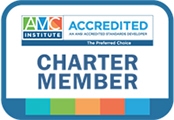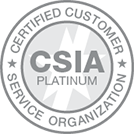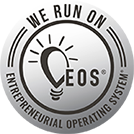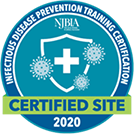Incorporating diversity, equity, and inclusion (DEI) into your human resources plan is essential for fostering an inclusive workplace that supports employee engagement, innovation, and long-term organizational success. Here’s how you can take actionable steps to build DEI into your HR strategy.

Start with DEI Training
DEI training lays the foundation for an inclusive workplace culture. Training sessions help raise awareness, break down biases, and provide employees with tools to understand and embrace diversity. Topics such as implicit bias, systemic racism, and microaggressions should be central to this training. For instance, offering training on allyship and anti-racism can cultivate a culture where diverse perspectives are respected. Your HR team can facilitate this by partnering with DEI consultants to deliver comprehensive programs that resonate across your workforce.
Embed DEI into Recruitment and Hiring
Hiring practices should be scrutinized through a DEI lens to ensure they are inclusive and unbiased. This involves reviewing job descriptions for biased language, setting up diverse candidate slates, and advertising roles on platforms that reach underrepresented groups. Removing personal details from resumes and implementing standardized scoring criteria can also minimize unconscious bias during the selection process. In addition, consider forming alliances with diverse professional organizations and Historically Black Colleges and Universities (HBCUs) to widen your talent pool.
Foster Career Advancement with Equity
Equitable career advancement opportunities are vital for retaining diverse talent. Standardizing career pathways and offering inclusive mentorship programs can help achieve this. HR can also use data to monitor promotion patterns, ensuring that all employees have fair opportunities for growth. Additionally, transitioning from annual reviews to quarterly evaluations provides a more equitable and transparent process for employee feedback and development.
Ensure Pay Equity
Conduct regular pay audits to identify and correct any inequities in compensation. Implement policies to ensure equal pay for equal work regardless of gender, race, or disability. Consider posting salary ranges in job advertisements and adopting a no-salary-history policy to further reduce wage gaps. These practices demonstrate a commitment to fairness and can improve employee trust and retention.
Offer Flexible and Inclusive Benefits
Offering flexible benefits is another way to ensure inclusivity within the workforce. Floating holidays, remote work options, and flexible schedules help meet the needs of employees from diverse backgrounds, including working parents, people with disabilities, and those from various cultural and religious communities. Providing comprehensive healthcare options, including mental health benefits and coverage for transgender individuals, is equally important in creating a supportive environment.
Design an Inclusive Work Environment
HR can lead the charge in creating physical and digital spaces that are accessible and inclusive for all employees. This includes offering gender-neutral bathrooms, accessible workstations, and assistive technologies. Additionally, ensure that your workplace policies, including those on harassment and retaliation, explicitly protect all employees regardless of race, gender identity, sexual orientation, or ability.
Track DEI Progress
To gauge the effectiveness of DEI initiatives, it’s crucial to collect and analyze demographic data on your workforce. Use this information to identify gaps and track progress in diversity hiring, retention, and promotion. Transparency is key—regularly share updates with employees on DEI goals and achievements. Metrics like employee engagement surveys and inclusion indices can provide deeper insights into the level to which different groups within your organization feel included and valued.
Create Employee Resource Groups (ERGs)
ERGs can offer employees a space for community, learning, and support. These groups foster a sense of belonging by bringing together individuals with shared identities or experiences. By providing a formal structure for ERGs, HR can encourage mentorship, advocacy, and leadership development for underrepresented groups.
By embedding DEI into recruitment, career development, compensation, benefits, and workplace design, you create an environment where diversity is celebrated and every employee feels valued. Not only does this lead to a more engaged workforce, but it helps positions your organization as a leader in your field.
Contact Association Headquarters to find out more about how you can drive meaningful DEI change across your organization.




